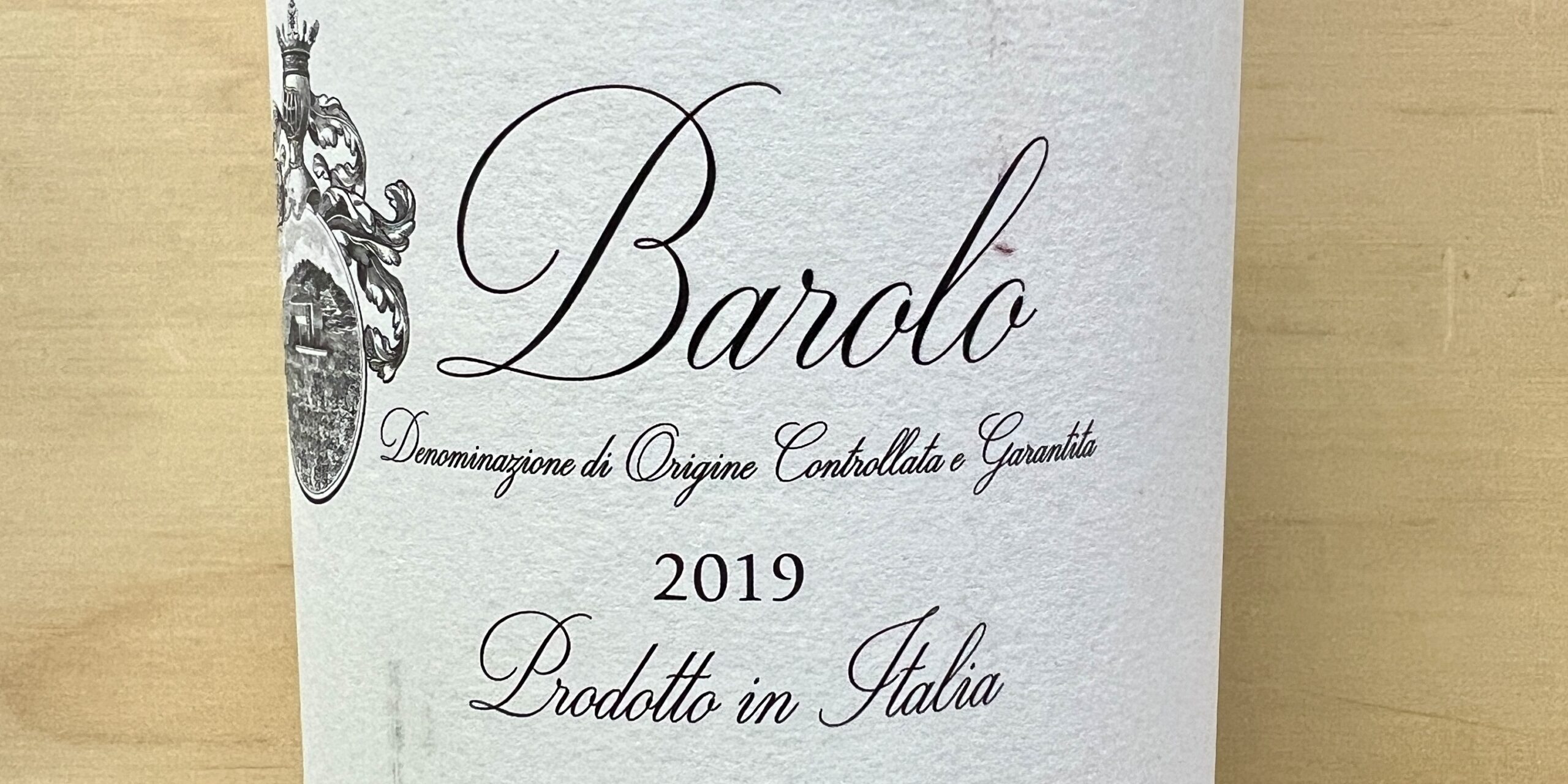June 2025 Red & White
Reds
Tenute Neirano Barolo, Italy, 2019
Tenute Neirano is a small estate in the heart of Monferrato in Piemonte. Giacomo Sperone founded the family winery in 1911. The 5th generation of the family has now joined Tenute Neirano to continue the vision and passion of sustainably farming their 60 acres of pristine vineyards. Tenute Neirano is located in a lovingly restored 17th century villa built on top of a hill in Casalotto di Mombaruzzo, near Asti, in the heart of Monferrato. It is surrounded by estate vineyards in the heart of the production of some of the top wines of the Piedmont region. The region is unique, it has a colder continental climate in winter, with low rainfall as a result of the rain shadow effect of the Alps, followed by warm dry summers.
Red, with yellowish orange hints due to the ageing process. Dry, velvety and austere, with a bouquet of faded rose, violet, spicy and rich with gorgeous ripe fruit, very aromatic. Aged 3 years in large oak casks and in bottles for the final six months.
Pair with grilled red meat, game, and pungent cheeses.
Product Reviews:
James Suckling, 92 Points
“Subtle aromas of cherries and strawberries with dried rose petals, citrus peel and cocoa. Medium- to full-bodied, vivid and juicy with bright acidity and firm, but crunchy tannins. Flavorful, racy finish.”
Beaumirail ‘Caves de Gigondas’ Vacqueyras, Cotes du Rhone, 2022
Cave de Gigondas, officially known as Gigondas LaCave, is a renowned cooperative winery established in 1956, located in the village of Gigondas at the foot of the Dentelles de Montmirail in France’s Southern Rhône Valley. The cooperative unites passionate winegrowers who cultivate approximately 260 hectares of vineyards across various appellations, including Gigondas, Vacqueyras, Beaumes de Venise, and others. Committed to sustainable viticulture, the members of Gigondas LaCave practice responsible farming methods to produce wines that authentically express the unique terroir of the region. Visitors to the winery can explore a diverse range of wines, each reflecting the rich winemaking heritage and distinctive character of the Southern Rhône Valley.
Made from a blend of 75% Grenache, 15% Syrah, 5% Mouvèdre, and 5% Cinsault, this wine shows a magnificent red color with deep purple accents. From the first nose, it reveals its finesse and elegance. Notes of blackberries, blackcurrant and black cherries ripped under the sun of Vaucluse. Seductive, rich attack with delicate and integrated tannins. Its aromatic finale starts with spicy notes of nutmeg and clove, then develops a subtle perfume of violets and licorice.
Do not hesitate to offer it on duck with bacon, quail with grapes or a cheese platter. Beef Salad marinated in mixed herbs, along with Mediterranean dishes makes for a nice pairing as well.
Product Ratings:
Wine Advocate, 90 Points
“Good fruit and a very firm tannin structure, moderate concentration of fruit, and good freshness. Closed and introverted but has lovely balance and length – this might blossom in a few years. Drinking Window: 2023-2027.”
Whites
Grand Fossil Sancerre, Loire Valley, 2023
From the Loire Valley of France, the vineyards are located on slopes and hills separating the historic village of Chavignol and the town of Sancerre. The soils are composed of 65% clay and 35% limestone. 100% Sauvignon Blanc, this wine is fermented in temperature controlled stainless steel tanks; it is then aged for 5 months.
Remarkably aromatic with pretty white flower and fruit fragrances. On the palate it reveals a freshness that is pure and clean. Notes of citrus, apple and gooseberry with hints of passion fruit are found in this lively and bright wine.
Perfect with a pan-fried flounder, seared grouper, and grilled vegetables.
Product Reviews:
Wilfred Wong of Wine, 91 Points
“I have always been drawn to Sancerre because the wines are aromatic and alluring. The 2023 Grand Fossil Sancerre shows aromas and flavors of ripe Meyer lemons, fragrant, earthy notes, and bright apples.”
Domaine Sick-Dreyer Pinot Blanc, France, 2020
A family project from the start, this house traces its roots to 1563, with the first recorded tracing of the cultivation of the Kaefferkopf vine and the production of wine by the Sick family. In 1932, protection of the Kaefferkopf grape and its appellation area was announced by a decree of law- initiative launched by Joseph Dreyer, great-grandfather of current winemaker Etienne Dreyer. In 1966, Etienne’s father Pierre Dreyer joined forces with his uncle René Sick and founded the Domaine Sick-Dreyer in Ammerschwihr, France.
This grape variety produces a yellow-colored, fresh wine with discreet, delicate, rounded, yet typically Alsatian aromas. On the palate, it is well-structured. While dry, it exudes roundness, subtlety, and a generous reserve. It is the bridge between simple and noble grape varieties. Balanced, supple, and lively, it can be used wherever a white wine is required.
This wine has a pleasant nose of almond and white-fleshed fruit. Its aromas on the palate remain light and delicate, revealing notes of apricot, peach, and even honey. It’s a balanced wine with a certain roundness on the palate, which is discrete and adapts well to many accompaniments, including charcuterie, green salads, and grilled or smoked white meats.








